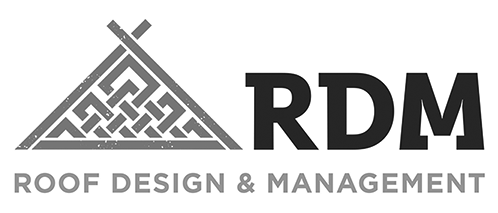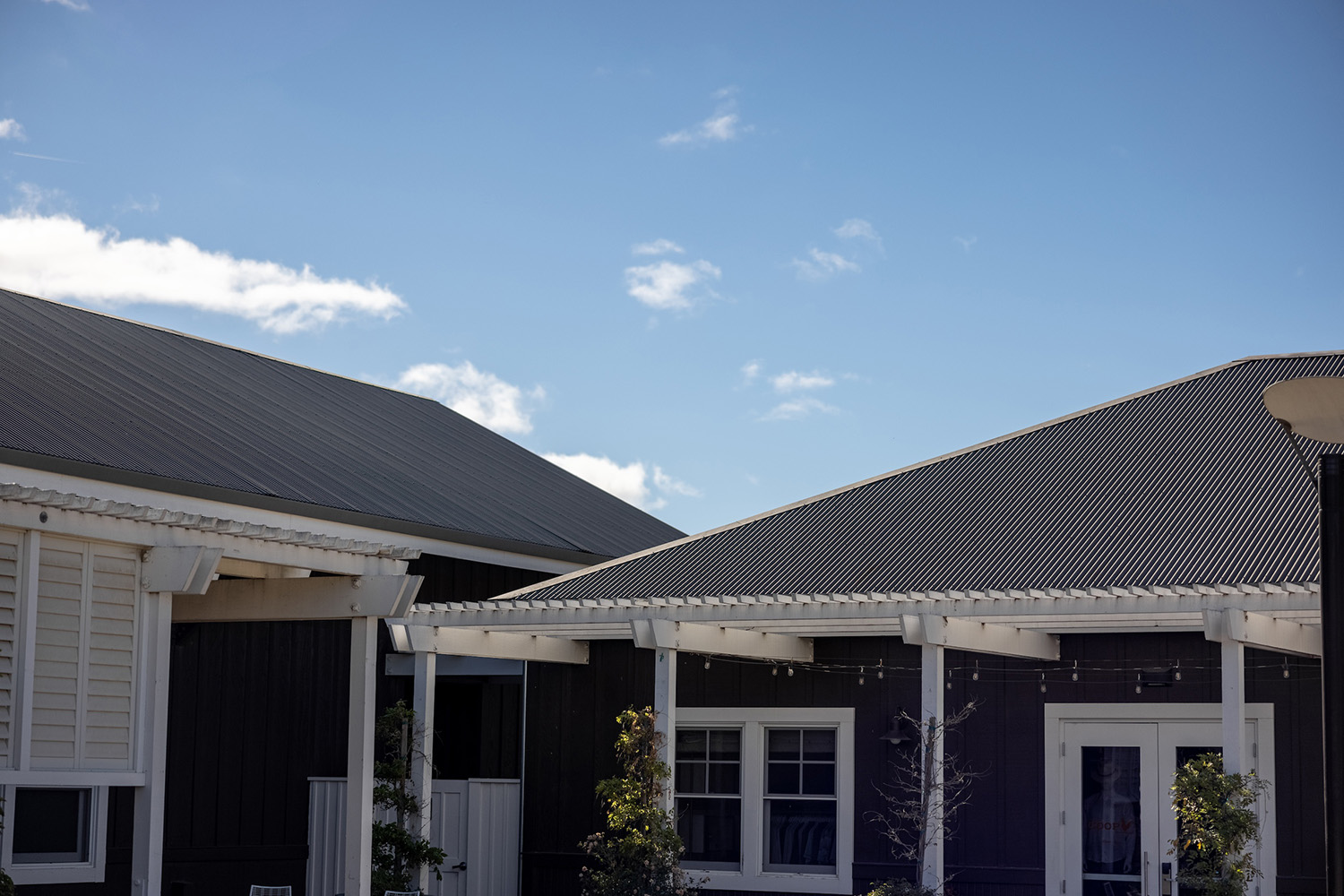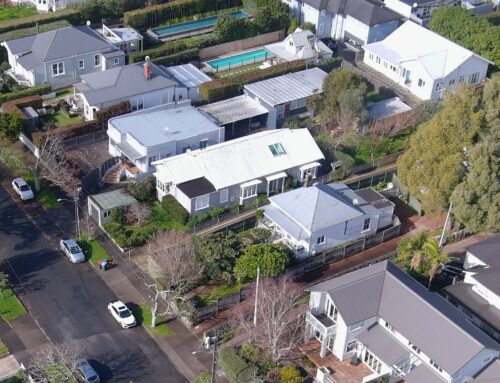As the company name might suggest, Sean Brandon founded Roof Design and Management (RDM) primarily to provide roof design and specification, project management, and diagnostics and remediation. Roof inspections and reports were available, too, but weren’t regarded as one of our core offerings.
However, as any smart business owner knows, you listen and respond to the needs of your customers. Over time, RDM has evolved; roof inspections and reports now account for more than 90 per cent of our work.
Why do RDM’s customers ask for roof inspections?
RDM is one of only two roofing consultancies in Aotearoa to be recommended by the Roofing Association of New Zealand and the only one employing drone technology, whenever possible, to acquire high-quality, multi-angle imagery.
Residential and commercial customers contact us knowing that there’s no hidden agenda. We aren’t roofing contractors; we don’t have a team of roofers champing at the bit to rip off your roof and install a new one! We’re independent and offer impartial observations.
Individuals and organisations contact us for a variety of reasons, often with queries about quality of work, durability, and watertightness. Here are a few example scenarios:
- An older roof is leaking, and the property owner isn’t sure whether it can be repaired or has to be replaced.
- A new roof has been installed, and the property owner wants to ensure it’s finished to the appropriate standards before sign-off and final payment.
- A business or body corporate needs to ascertain the state of its properties’ roofs to plan budgets accordingly.
- A prospective property buyer wants to assess the state of the roof before they put in an offer or commit to a purchase price. (However, this should not be regarded as any part of a formal sale /purchase agreement.)
Our clients can request a statement of condition, which lists potential problems and suggested remediations, or a full roof report, which includes more detailed references (explained below). The latter is generally favoured if there’s any kind of disagreement or dispute.
Since the 2023 floods and Cyclone Gabrielle, insurance companies are increasingly asking claimants to include a statement of condition as part of their claim application for roof damage. They’re seeking evidence that the roof has been consistently maintained according to manufacturers’ guidelines. Unfortunately, although they are the ones demanding the documentation, to the best of RDM’s knowledge, based on feedback from our customers, the insurance companies will not cover the associated costs.
What’s included in one of RDM’s roof reports?
The report is a factual document based on observations at the time of inspection. In other words, we say what we see. Sean will take numerous photographs – often hundreds – of potential issues or defects. A small selection of these is included in the report to illustrate each item.
Then, there’s a conclusion about whether the roof is in an “acceptable” standard and recommendations for remediation, repairs, or, in some cases, replacement.
What determines if something on the roof is a “defect” or an issue that needs rectifying?
Although Sean has more than 30 years’ experience in the roofing industry, RDM’s roof reports are not based on his personal opinions. Instead, they are aligned with recognised industry guidelines, such as:
- New Zealand Metal Roof and Wall Cladding Code of Practice
- New Zealand Building Code – Acceptable Solution E2/AS1
- MBIE: Guide to Tolerances, Materials and Workmanship in New Residential Construction
- Manufacturers’ guidelines
Depending on the circumstances, consented plans may also be referenced.
Commonly noted items include:
- Visible pencil marks*
- Excessive exposed sealant
- Incorrectly driven or missing fixings
- Areas of rust
- Roof sheets not turned down to form a drip edge
- Roof sheet fixing patterns not continuing through back tray flashings
* Pencil marks are pretty much the only cosmetic issue that RDM comments on because they can affect the longer-term integrity of the roof sheet.
For complete clarity, a full roof report includes excerpts and diagrams from the relevant guidelines.
What isn’t included in a roof report?
RDM can advise whether your roof is in an “acceptable” condition. Ultimately, though, the decision to accept a new roof installation, go ahead with repairs, or escalate a dispute lies solely with you, our client. It’s not our job to tell you how to proceed. It is, however, our job to provide the relevant, fact-based details to help you make an informed decision.





Leave A Comment